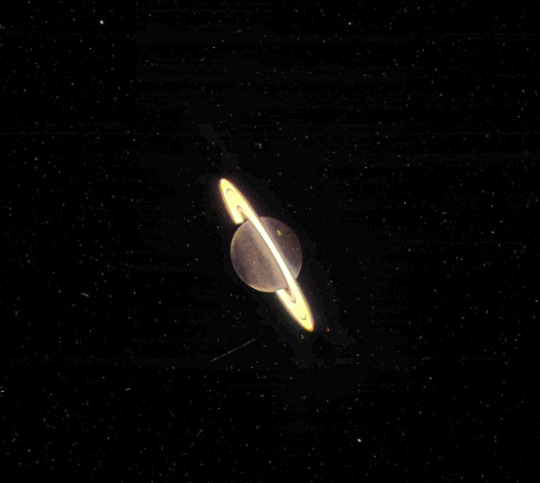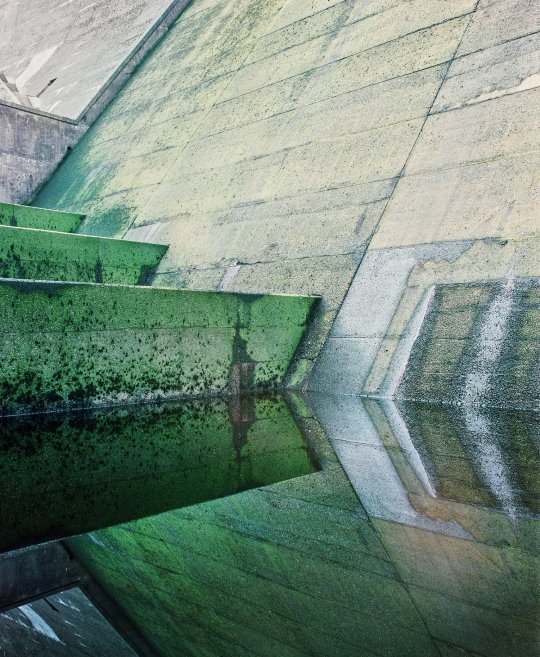Text

🎵 You know Dasher and Dancer, and Prancer and Vixen, Comet and Cupid, and Donner and Blitzen… but do you recall the most famous reindeer of all? Hint: it’s not the saiga antelope (Saiga tatarica)!
While this antelope won’t be taking Rudolph’s job anytime soon, the saiga just so happens to have its own special nose. Serving as a built-in humidifier and air filter, its nose helps it survive the dry steppes and deserts of central Asia where it lives. The saiga’s impressive nose filters out dust during dry summers and warms the air it breathes during frigid winters!
Photo: tcager, CC0 1.0, iNaturalist
723 notes
·
View notes
Photo
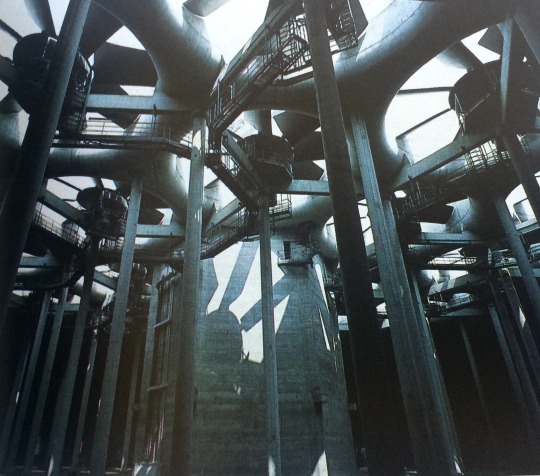


Nuclear power plants by Claude Parent, France
3K notes
·
View notes
Text
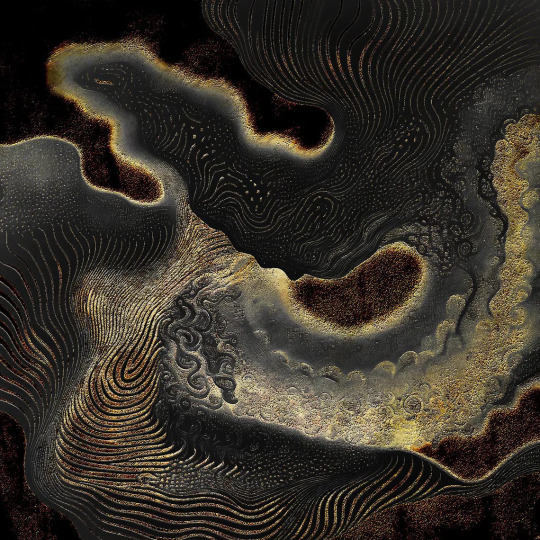
Preface to a dream, Alessandra Casini, 2023
18K notes
·
View notes
Text
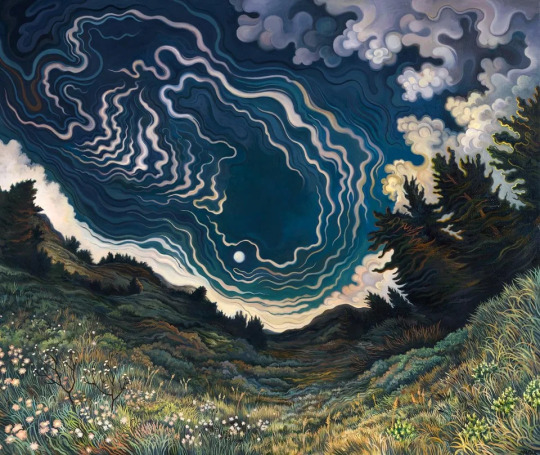
Moonrise Phyllis Shafer — 2015 oil on canvas
28K notes
·
View notes
Text
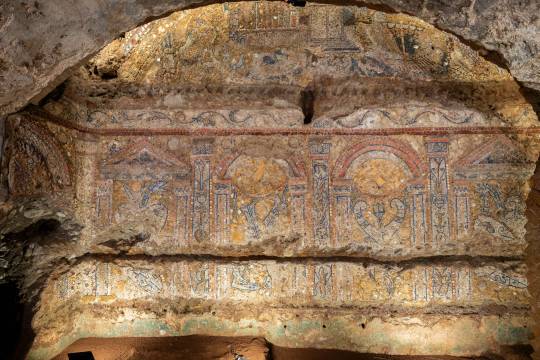
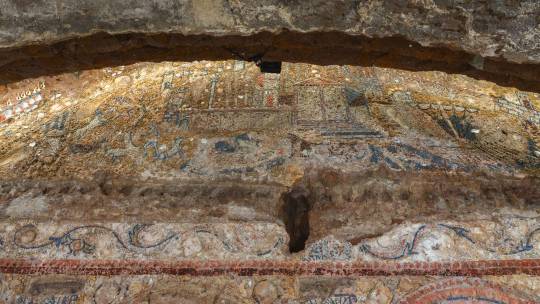
‘Incredible’ Mosaics Were Found in an Ancient Luxury Home in Rome
Italy’s Culture Minister Gennaro Sangiuliano has called the works “an authentic treasure.”
Researchers working in the Archaeological Park of the Colosseum in Rome have shared their discovery of luxurious mosaic-tiled rooms found in an ancient home on the site, which they believe may have belonged to a Roman senator. Created from shells, glass, white marble, and Egyptian blue tiles, the mosaics have been described by Italy’s Culture Minister Gennaro Sangiuliano as “an authentic treasure”.
The “rustic” mosaics, found on the grounds surrounding the Colosseum in the heart of the city, date to the late Republican Age, in the last decades of the second century B.C.E., and show a series of figurative scenes. They once decorated a townhouse, or domus, owned by an upper class citizen. Italy’s Ministry of Culture have said that “due to the complexity of the scenes depicted” and their age, the mosaics are “without comparison.”
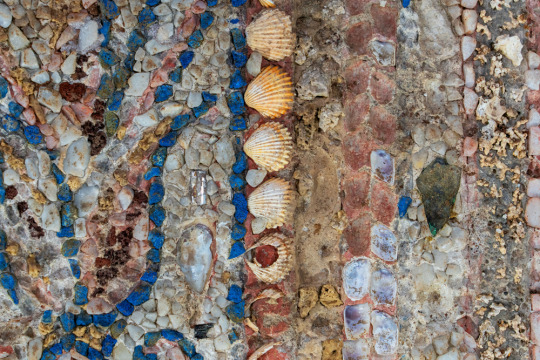
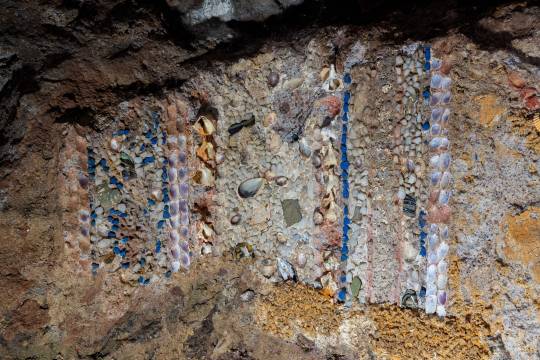

One mosaic depicts a coastal city with towers and porticos, with three large ships floating by on the ocean waves. The culture ministry believes this could be a reference to naval victories achieved by the owner of the home, which is believed to have been a Roman senator. This is supported by historical sources describing the area as having been occupied by such high-ranking members of society.
The decorated walls were likely located in the home’s dining rooms, where luxurious banquets would be hosted, and guests at these events were likely wowed with “spectacular water games,” according to the culture ministry, based on the presence of lead pipes set into the walls.
In the reception room, an extremely well preserved decorated stucco featuring landscapes and figures was also discovered. Other designs include vines and lotus leaves flowing from vases, musical instruments, and tridents.
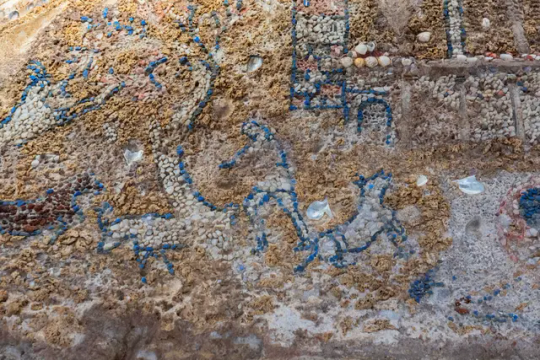
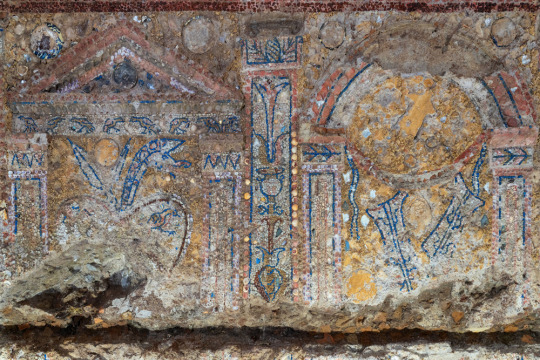
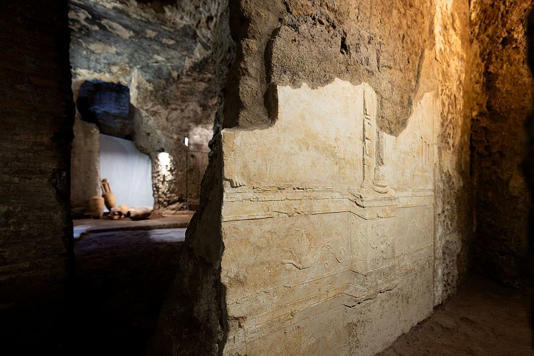
The mosaic walls were first discovered near the Colosseum in 2018, but excavation at the site will continue into 2024, and more rooms could be discovered. Alfonsina Russo, the Director of the Archaeological Park of the Colosseum, has said that once the domus is full uncovered, “we will work intensely to make this place, among the most evocative of ancient Rome, accessible to the public as soon as possible.”
By Verity Babbs.
1K notes
·
View notes
Text
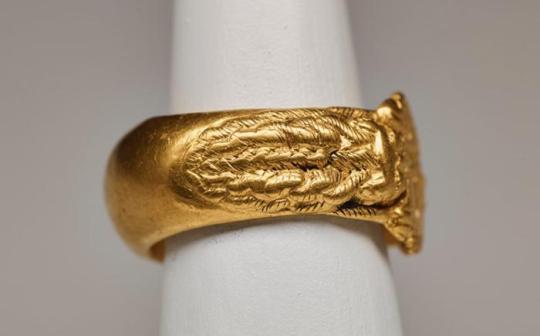
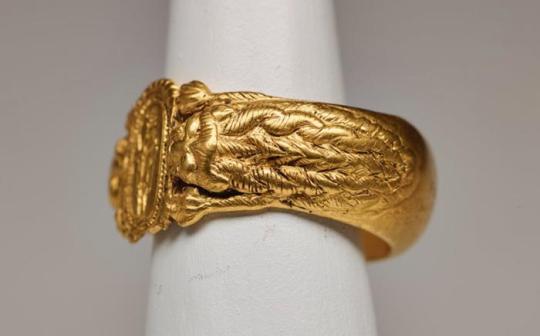
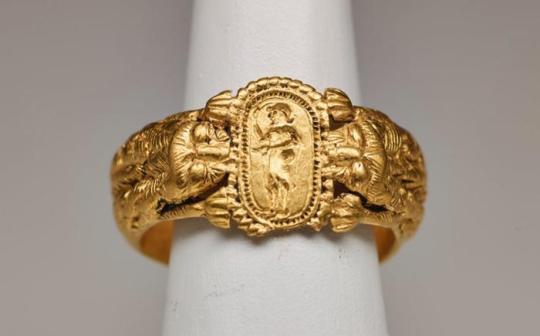
~ Lion ring.
Culture: Etruscan
Date: early 5th century B.C.
Medium: Gold
1K notes
·
View notes
Text


Jupiter as seen by the Hubble Space Telescope in November 2022 and January 2023.
Credits: NASA, ESA, STScI, Amy Simon (NASA-GSFC), and Michael H. Wong (UC Berkeley); Image Processing: Joseph DePasquale (STScI)
988 notes
·
View notes
Text

Felimida luteorosea is a dorid nudibranch found in the Mediterranean Sea and Atlantic Ocean near Europe. It can grow up to 5.5cm long and can be distinguished by its round yellow spots and yellow margin, unlike the widely varying colourations of some other Felimida species.
Photo Source - João Pedro Silva
360 notes
·
View notes
Photo
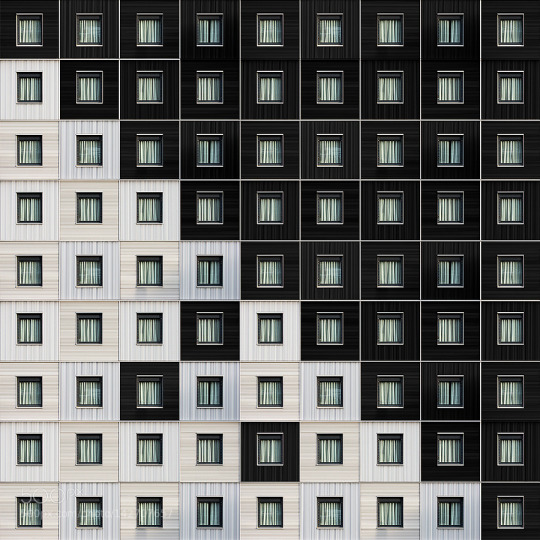
Fantasy Motel X - Contamination by CarloCafferini
38K notes
·
View notes
Photo

Terracotta relief probably from a funnel vase, late 3rd–early 2nd century B.C., Metropolitan Museum of Art: Greek and Roman Art
Rogers Fund, 1912 Size: 9 5/8 x 12 1/8in. (24.5 x 30.8cm) Medium: Terracotta
https://www.metmuseum.org/art/collection/search/248735
21 notes
·
View notes


